Only the finest ingredients
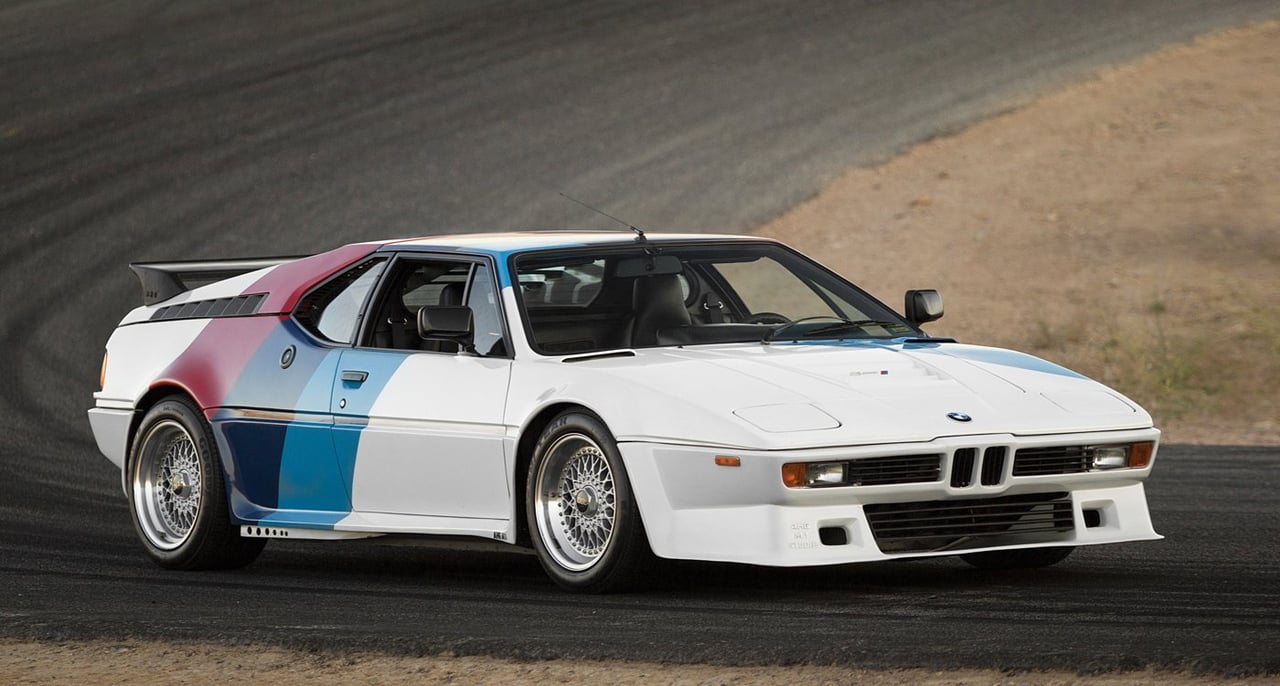
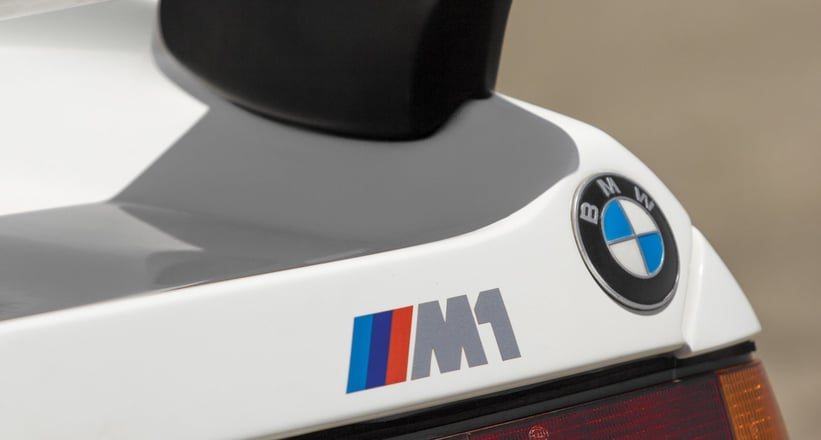
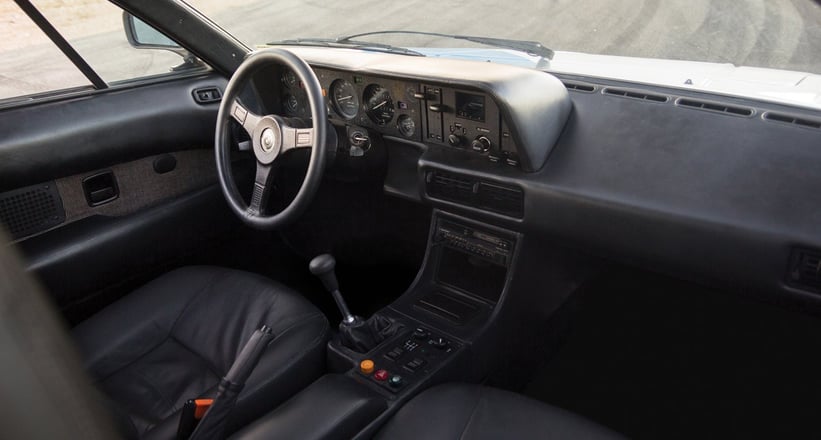
The hour has definitely struck for late Seventies/early Eighties supercars. At recent auctions, icons such as the Lamborghini Countach, Ferrari F40 and Porsche 911 Turbo have brought record results. But what about the BMW M1? It has all the right ingredients to join the club. Created to homologate a Group 4 racing car, the futuristic M1 debuted at the 1978 Paris Motor Show where it certainly caught the crowd’s attention. This was Germany’s fastest sports car, and it wasn’t a Porsche. And with the now-legendary dry-sump M88 straight-six and a radical body, originating from Paul Bracq’s 1972 Turbo Concept and refined by Giorgio Giugiaro, it had all the makings of a success story for BMW.
The fairytale that wasn't meant to be
But the M1 project was plagued with problems from the very beginning. Shortly before production began, Lamborghini (with which BMW had agreed to produce the cars) pulled out of the deal due to financial issues, meaning that the 400 cars that needed building in the following 24 months for homologation purposes were assembled at various locations across Italy and Germany. What’s more, a rule change in Group 4 racing essentially rendered the racing car obsolete, and when a more powerful Group 5 version was eventually produced, it proved unreliable and underpowered. There was the acclaimed Procar series – a race series that followed the F1 circus and pitched Formula One stars against each other in identical BMW M1 racing cars – and the car did enjoy some success across the Pond in the IMSA GTO series. But there was little reason for BMW to celebrate.
Taking its time
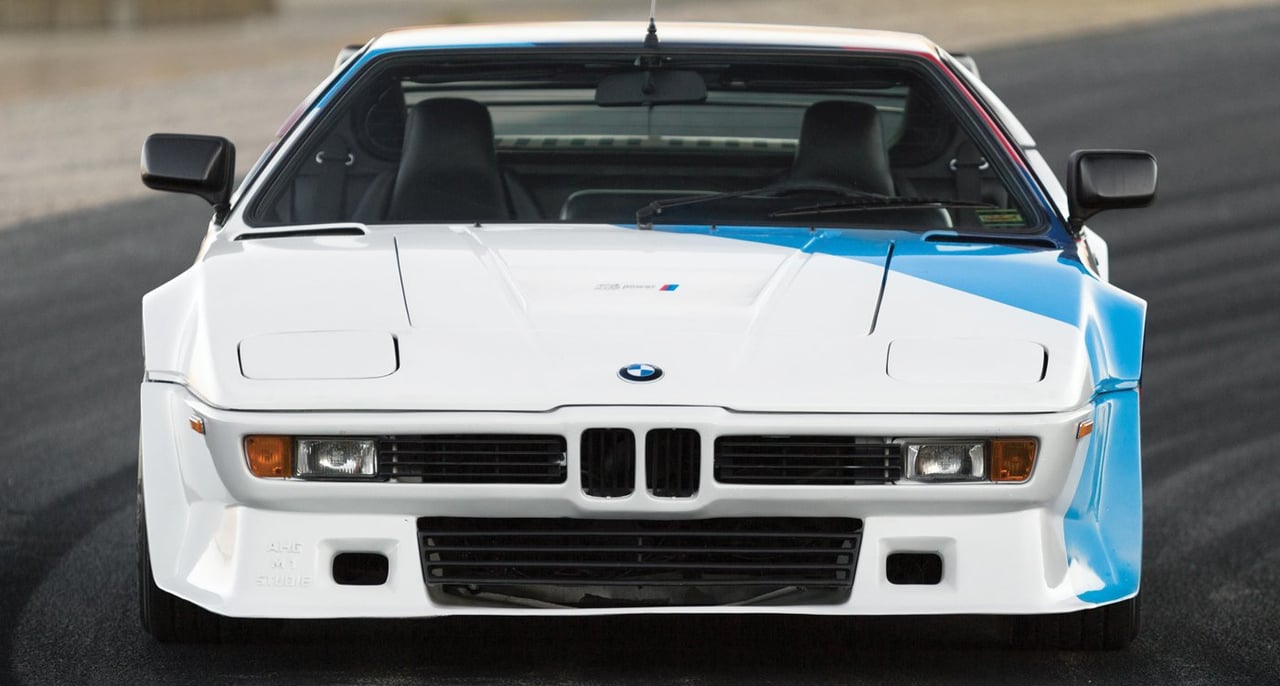
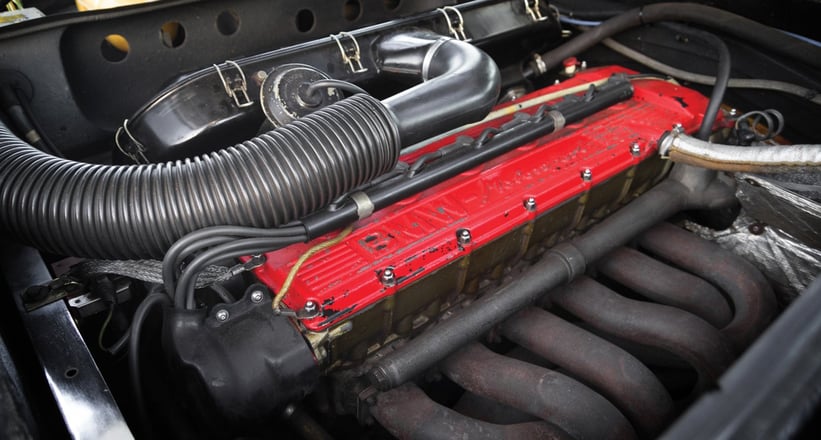

So is the M1’s ill-fated racing career the reason why prices haven’t taken off as they have for some of its contemporaries? Jan B. Lühn, a classic car dealer with an M1 Procar currently for sale, thinks that it’s only a matter of time before the M1 catches up. "Supercars of the Eighties are becoming more and more in vogue, especially among the younger buyers," he says. "For me, the M1 is the classic of tomorrow – it’s mechanically reliable and great fun to drive. The M1 is, in my eyes, a style icon and one of the few BMWs attractive to serious collectors."
"BMW is less obvious than some marques, so it's taken longer for collectors to appreciate these cars," says classic car consultant Simon Kidston, who currently has a stunning M1 for sale. But cars such as the M1, which had star quality when new, won't stay under the radar forever. Kidston predicted that the Lamborghini Countach was a car to watch this year, and he was right. "I'd expect steady appreciation for the M1. It's BMW's answer to the supercars from Ferrari and Lamborghini, and rarer than most of its rivals. It's the thinking man's alternative."
The rare AHG Studie
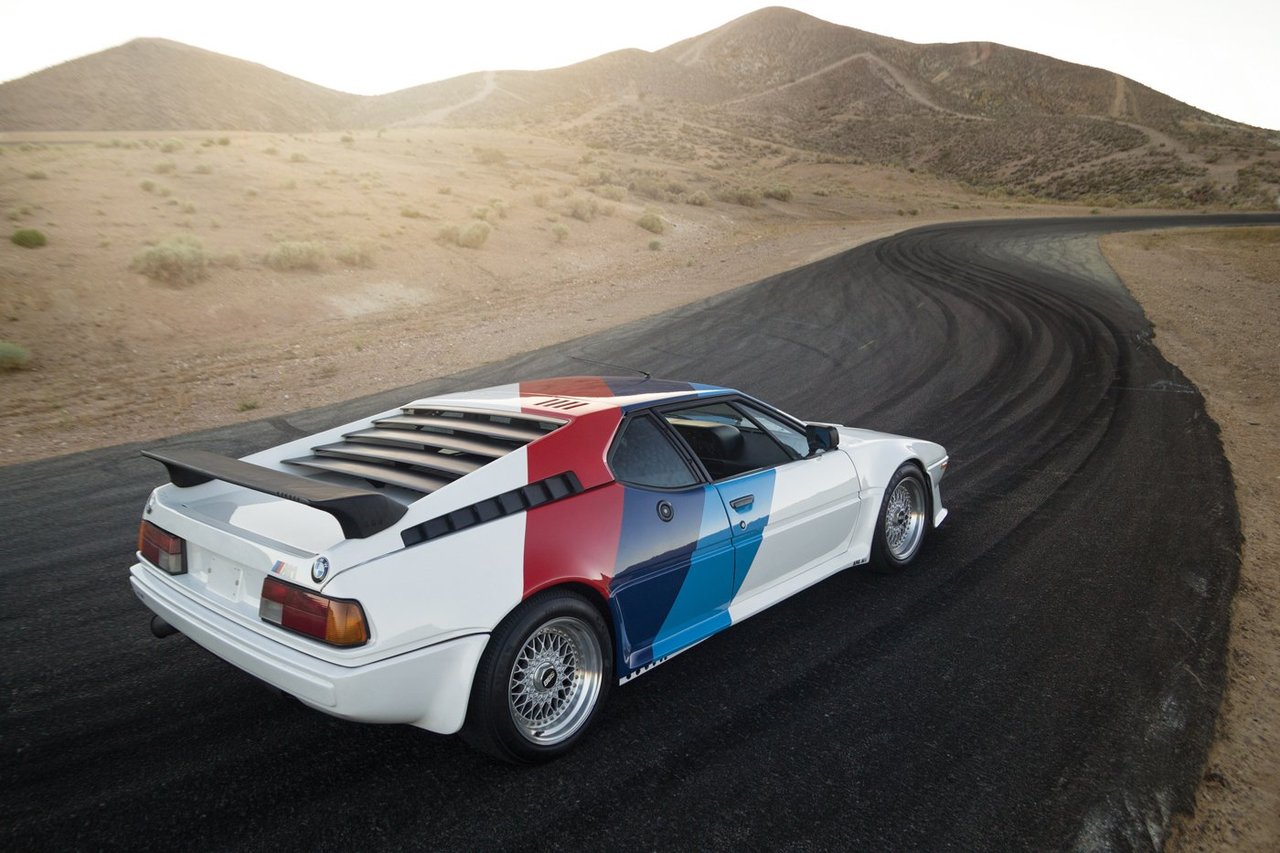
Ask any expert what to look out for when investing in an M1, and so often the reply is that it must be original. But what of this curious model? The car shown here is no racer – it’s a standard M1 with the rare AHG Studie tuning package. Boasting the period BMW works livery, it will go under the hammer at RM’s flagship Monterey sale in August, with an attached estimate of $600,000-$800,000. The retrofit AHG Studie pack was the work of Peter Gartemann, the then-president and owner of the German BMW dealer AHG. Gartemann had an idea to develop a customisation programme that would give the standard M1 the look of the Procar model. It wasn’t just cosmetic changes, either. Under the bonnet, the engine’s 277HP was increased to 350HP, and there were numerous other mechanical modifications including adjustable racing suspension. Consequently, the package was extremely expensive and, as a result, only 10 BMW M1 AHG Studies were built.
RM’s car is one of those 10, and is reputedly in very good original condition having covered a mere 7000km. Alexander Weaver, a specialist at RM, is convinced that the time has come for such supercars as the M1. The generation whose poster cars included the Porsche 930 Turbo and Ferrari 512BB has developed its own particular taste, and can now afford to purchase its own icons.
Could 2014 be the last opportunity to obtain an M1 before prices boom? Jan B. Lühn sums it up nicely, stating that appreciation of BMW’s solitary supercar has been rising since early in 2013, and that prices have some way to go yet. Considering that only some 456 road and race cars were built, many of them now slumbering in large collections, the potential of the M1 seems far from exhausted.
Photos: RM Auctions


























